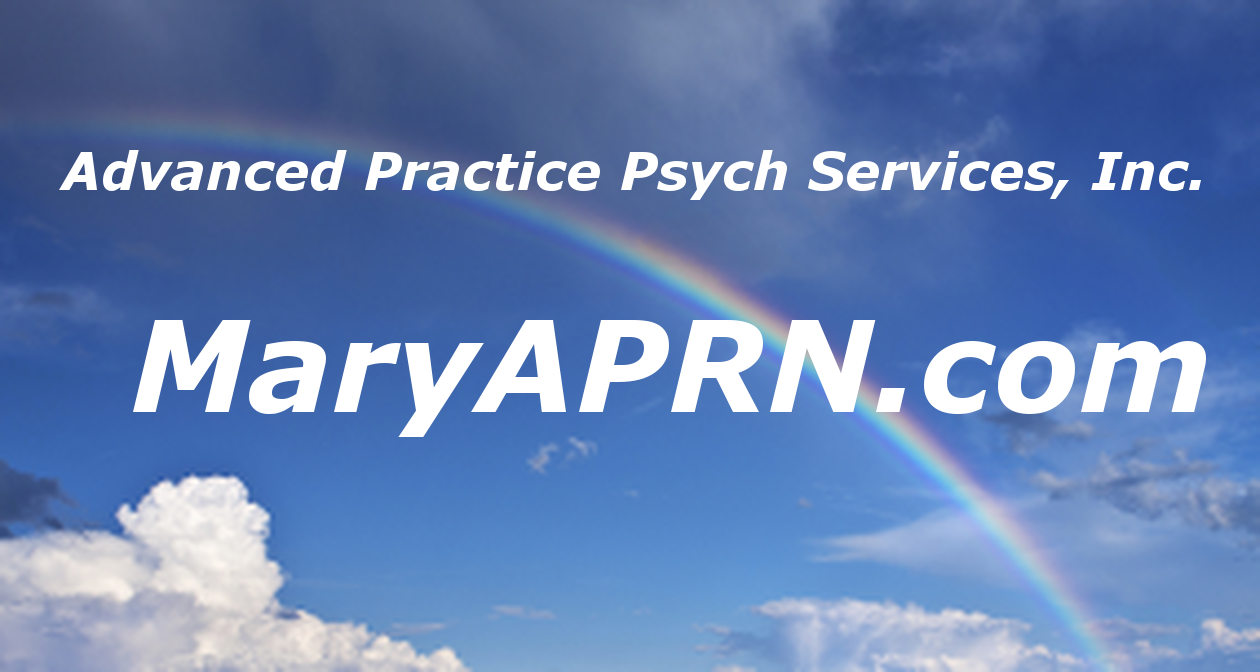Seasonal Affective Disorder | Affecting Millions during our winter months
Seasonal affective disorder, also known as SAD, is a mood disorder which should not be confused with “holiday blues” or “Christmas Depression”. Unlike these episodes of sadness which arise when loneliness, bad memories, or psychological issues are in conflict with the amplified sense of joy in the environment, SAD has a physiological basis.
Clinical depression is something quite different from situational sadness. Many people are affected in some way by the changing seasons, but for most people, these changes do not cause problems. For people who suffer from SAD (and to a lesser degree, those who suffer from subsyndromal SAD), there is a greater sensitivity to the lack of light in winter. For these people, the change of seasons is a problem.
It is estimated that roughly 6% of the U.S. Population may suffer from SAD, with an additional 14% suffering from subsyndromal SAD. The incidence of SAD is greater as the latitude increases, ranging from 1.4% at Florida’s latitude to 10.2 % at the latitude of Minnesota’s geographical location.
With such a high rate of incidence, it is likely that you know at least one person with SAD. Unfortunately, many people don’t realize that they have SAD, and many others don’t realize that it is a treatable disorder.
Seasonal Affective Disorder | What clues should you be looking for? How do I know if I have it?
Symptoms but not limited to include:
- Change in appetite (especially a craving for sweet or starchy food).
- Weight gain
- Drop in energy level
- Reduction in sex drive
- Change in sleep / wake patterns (especially a tendency to oversleep).
- Reduction in the quality of sleep.
- Avoidance of social situations.
- Decreased concentration
- Decreased creativity
- Irritability
- Inability to complete tasks.
This is not a compete list of symptoms and it is important to note that not all SAD sufferers have the same set of symptoms. SAD in children, for instance, tends to manifest itself in different ways from SAD in adults. It is not uncommon for SAD to be misdiagnosed. For instance, SAD in children may simply be dismissed as the usual emotional upheaval of adolescence.
While many children have already been diagnosed with SAD, researchers at NIMH (National Institute of Mental Health) estimate that up to one million more adolescents have the disorder but are yet to be identified.
Some SAD sufferers are affected whenever there are several overcast days in a row, regardless of the season. Also, in our modern society, it is possible for a person to work long hours in a windowless office and hardly see the daylight. This can quite effectively mask the seasonality of the disorder.
If you suspect that you may have SAD or season affective disorder, please discuss this with your doctor, help is available.
How can SAD be treated?
As with any mood disorder, any treatments for SAD should be undertaken under the guidance of a qualified professional.
Exposure to bright light, known as phototherapy, has been found to be an effective method of treating SAD. The SAD sufferer sits in front of a light box, a specially designed bright light unit, for a given time each day. Sometimes this treatment is coupled with other methods of treatment similar to those of other major depressive disorders. This approach may include the use of antidepressant or mood stabilizing medication and / or psychotherapy.
Individual sensitivity to light therapy varies, so it is necessary to work with a health professional to determine the optimal intensity, duration, and time of day for the treatment. Generally, light therapy takes about a half hour each morning, during the patient’s season.
As always, it is important to be aware of your condition through self education and the help of a qualified professional.


